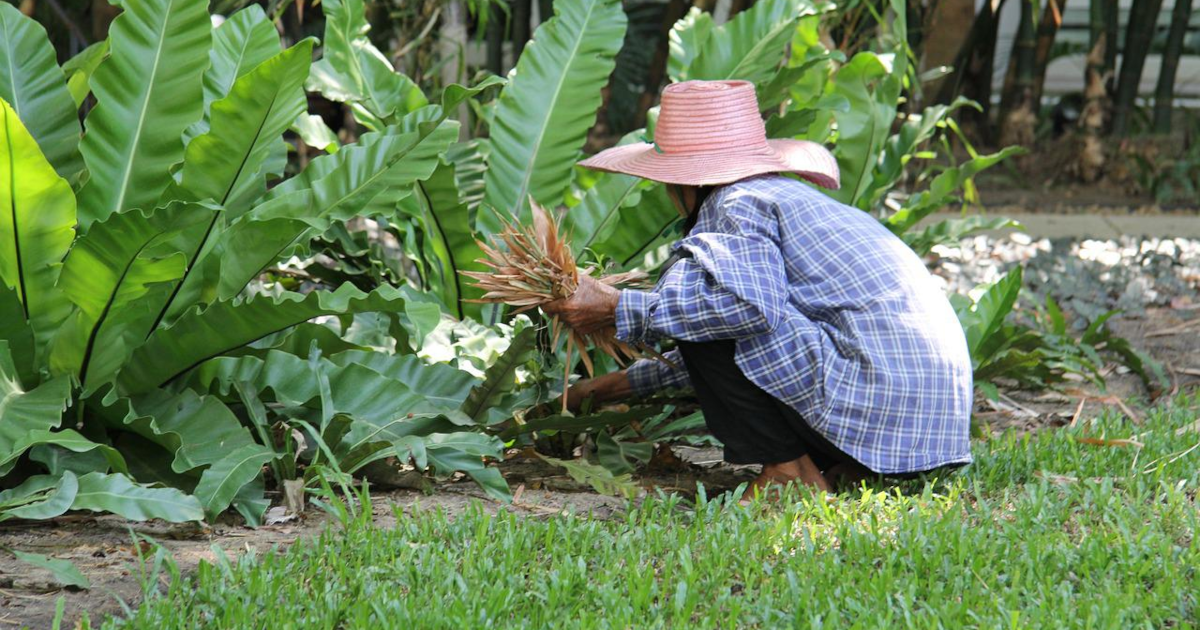
The USDA Updated Its Gardening Map, but Downplays Connection to Climate Change
The USDA Plant Hardiness Zone Map was recently updated after more than a decade. It confirms what anyone who’s planted seeds recently already knows.
January 29, 2024 | Source: Civil Eats | by Katherine Kornei
Tim Kohlhauff remembers the days when his hometown of Spokane, Washington was in zone 5b on the Plant Hardiness Zone Map. When he was growing up, daisies, rhododendrons, and azaleas were always teetering on the edge of viability, the winter conditions often just a bit too chilly for their liking. But all that has changed in recent decades, says Kohlhauff, a Master Gardener and a Horticulture Coordinator at Washington State University. “Now we’re not nearly as cold.”
Science is confirming the experiences of Kohlhauff and many other gardeners: The most recent version of the Plant Hardiness Zone Map reflects warmer conditions across a wide swath of the United States. Today, Spokane is designated zone 7a. That’s an enormous shift, says Kohlhauff. “In my lifetime, my town has gone up two zones.”
On the one hand, it’s reassuring to see scientific observations backing up gardeners’ anecdotal observations, says Kohlhauff. But it’s also somewhat unnerving to realize just how much things are changing, he says. “It’s a little bit jarring.”
